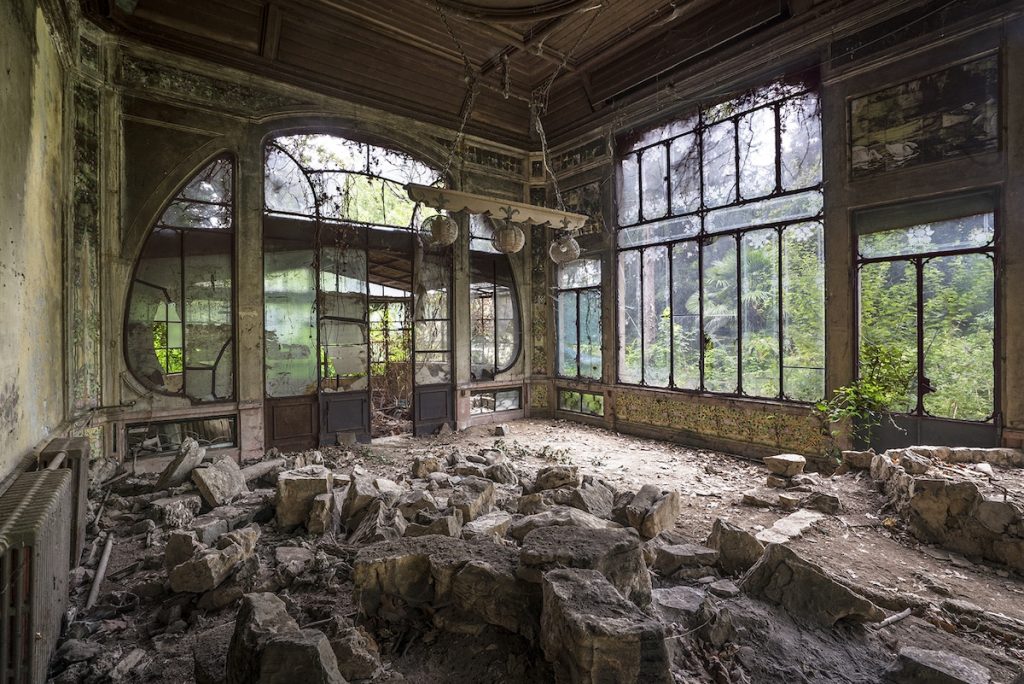Table of Contents
Introduction
Abandoned spaces often evoke a sense of mystery and nostalgia, offering a glimpse into a past that has been left behind. These forgotten places—once bustling with life and activity—now stand silent, their stories waiting to be uncovered by those curious enough to explore. From crumbling factories and deserted hospitals to forgotten amusement parks and old mansions, abandoned spaces offer a unique perspective on history, decay, and the passage of time.

The Allure of Abandoned Places
The fascination with abandoned spaces is driven by a combination of curiosity, history, and the aesthetic of decay. These places, often untouched for years or even decades, carry a sense of melancholy and intrigue. They offer a tangible connection to the past, allowing explorers to imagine what life was like before the space was left to deteriorate.
The allure of these sites is also linked to their visual impact. The juxtaposition of once-grand architecture now in disrepair creates a haunting beauty that draws photographers, urban explorers, and historians alike. The peeling paint, broken windows, and overgrown vegetation all contribute to a landscape that is both evocative and evocative, sparking the imagination and inviting stories of what once was.
Iconic Abandoned Spaces and Their Stories
Chernobyl Exclusion Zone
One of the most infamous abandoned spaces in modern history is the Chernobyl Exclusion Zone in Ukraine. Following the catastrophic nuclear disaster in 1986, the city of Pripyat and surrounding areas were evacuated and left in a state of eerie desolation. The abandoned buildings, decaying amusement parks, and deserted schools paint a vivid picture of the sudden and devastating impact of the disaster.
The story of Chernobyl is a powerful reminder of the risks of nuclear power and the consequences of human error. Today, the site has become a point of interest for those studying the effects of radiation, urban decay, and the resilience of nature as it reclaims the space. The haunting images of the abandoned city serve as a poignant reminder of the disaster’s impact on human lives and the environment.
Hashima Island
Hashima Island, also known as Gunkanjima (Battleship Island), is an abandoned island off the coast of Japan. Once a thriving coal mining community, the island was home to thousands of workers living in cramped, high-rise buildings. However, as coal resources dwindled, the island was abandoned in 1974, leaving behind a stark, industrial landscape.
Hashima Island’s story is a testament to the rapid industrialization of Japan and the harsh conditions faced by workers in the early 20th century. The island’s ruins, with their rusting steel structures and derelict buildings, provide a dramatic snapshot of a bygone era. Today, the island stands as a UNESCO World Heritage Site, preserving its history and the stories of its former inhabitants.

Pripyat Amusement Park
The Pripyat Amusement Park in Ukraine, located within the Chernobyl Exclusion Zone, is another iconic abandoned space. The park was scheduled to open on May 1, 1986, just days before the Chernobyl disaster. The opening was delayed indefinitely, and the park was never used.
The abandoned Ferris wheel, carousel, and bumper cars stand as eerie reminders of the disaster that disrupted and ended the lives of many residents. The site has become a symbol of the tragedy, with its faded colors and rusting rides evoking a poignant sense of lost joy and unrealized dreams. The Pripyat Amusement Park is a powerful representation of how quickly life can change and how memories can linger long after a place is abandoned.
The Stories Behind the Spaces
Exploring abandoned spaces reveals more than just physical remnants of the past; it uncovers the stories of the people who once inhabited these places. Each abandoned site has its own narrative, shaped by the events that led to its decline and the lives that were intertwined with its history.
For instance, an abandoned asylum may tell the story of its patients and the conditions they endured, reflecting historical attitudes towards mental health. Similarly, a deserted factory may hold the memories of industrial labor and economic shifts that affected the lives of workers and their families. These stories add depth to the physical ruins, offering a human connection to the abandoned spaces.
Preserving and Respecting Abandoned Sites
While exploring abandoned spaces can be intriguing, it is essential to approach these sites with respect and caution. Many abandoned places are unsafe, with deteriorating structures and hazardous conditions. Additionally, some sites are privately owned or hold historical significance, and trespassing can have legal implications.
Preservation efforts are crucial in maintaining the historical integrity of abandoned sites. Documenting and photographing these places can contribute to historical records and raise awareness of their significance. Organizations and historians often work to preserve these sites, ensuring that their stories are remembered and their history is not lost to time.

Conclusion
Exploring abandoned spaces offers a unique and compelling glimpse into the past, revealing the stories and histories that have shaped these once-vibrant places. From the haunting ruins of Chernobyl to the industrial desolation of Hashima Island, these sites serve as powerful reminders of the passage of time and the impact of human activities. As we continue to uncover and preserve these spaces, we gain a deeper understanding of history and the enduring allure of forgotten places.
